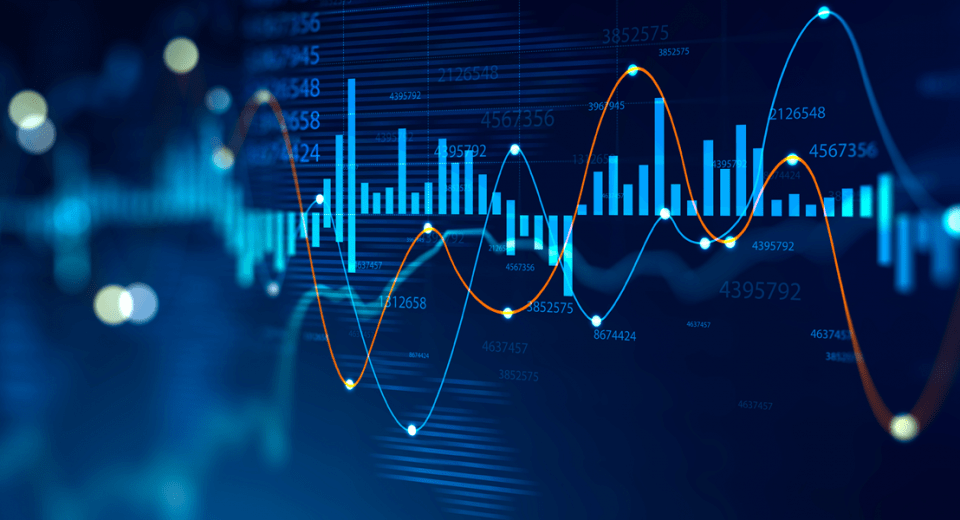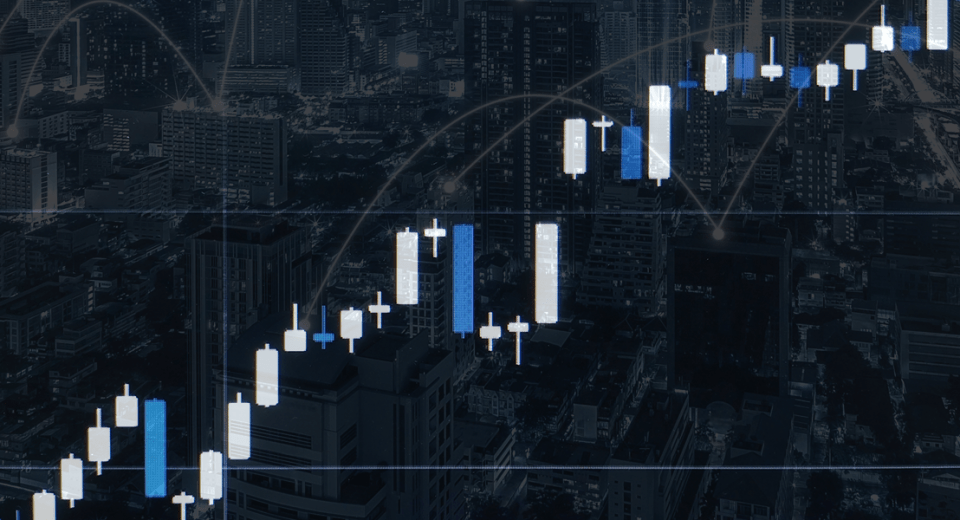Fractals in Forex Trading

The relationship between mathematics and nature has been proven time and time again, and the connection between fractal patterns and forex trading is no different. Fractals are beautiful, never-ending patterns that are found in nature, consisting of subsets that are similar to each other and to the parent pattern. Ever since American economist Burton G. Malkiel compared the results of throwing darts at a dartboard with those secured by a fund manager, fractals have been consistent in coming to the rescue of traders and speculators.
It isn’t just mathematics that fractals help you understand, they help you trade in the forex markets as well! They do this by decoding ‘reversal patterns,’ or minute trends, inherent in apparently random trends.
What Role do Fractals Play in Forex Trading?
The moment someone mentions fractals, it is their connection with mathematics that come to mind. However, unlike in mathematics, fractals are better understood in literal terms when it comes to trading. As pointed out by trader and author Bill Williams, their recurrent patterns can forecast reversals in a chaotic, multiple-factor market. The fact that market leaders use fractals for trading stands as testimony to their reliability.
Fractals in forex trading are key technical indicators, just like the Bill Williams set of indicators. Unlike lines or histograms, fractals are simply characterized by arrows above or below the bars in a price chart. Five consecutive bars need to align for fractals to be formed. They are often used in combination with patterns like Fibonacci retracements or the Alligator indicator. The two kinds of fractals are:
- Bearish, where the fractal forms on top of a bar whose high is higher than the highs of the preceding two and succeeding two bars. This is also known as the fractal for buying.
- Bullish, where the fractal forms beneath the middle bar that has a low that is lower than the lows of the preceding and succeeding two bars. This fractal is the signal for selling.
However, fractal patterns aren’t always perfectly bearish or bullish. In addition, the only downside here is that a fractal can be drawn only after two days of the reversal period. However, accurate numbers can be achieved by using other techniques, most often with the ‘Alligator indicator.’
The Application of Fractals to Forex Trading
In case you’ve been itching to know more about the peculiar-sounding ‘Alligator indicator,’ there couldn’t have been a better time. The term refers to a highly-useful and precise partner tool that dictates when to enter or exit a market, depending on the moving average.
If you can watch every movement that this ambushing reptile makes, keeping out of sight and surreptitiously watching its prey, you can master the market. The ‘center average’ is known as the alligator’s teeth. Buy rules are valid only above and sell rules are valid only below this mark. In case the moving averages are intertwined, staying out of the market is advised.
Again, the only primary pitfall to this is that fractals can have massive drawdowns without hitting exit points.
Key Factors to Keep in Mind
For starters, as stated above, fractals are lagging, or ‘confirmation’ indicators that require the help of other tools. Then, the degree of reliability of a reversal is directly proportional to the time period and inversely proportional to the number of signals you will have.
Despite their limitations, fractals are a powerful forex trading strategy, since they can help to draw trend lines. Forex trading setups also use fractals in combination with moving averages that are Fibonacci-based. Here, fractals help to identify relevant highs and lows.
It is almost inconceivable that a pattern similar to that found on a broccoli floret could help decode the random nature of the trading markets.
Disclaimer
If you liked this educational article please consult our Risk Disclosure Notice before starting to trade. Trading leveraged products involves a high level of risk. You may lose more than your invested capital.




